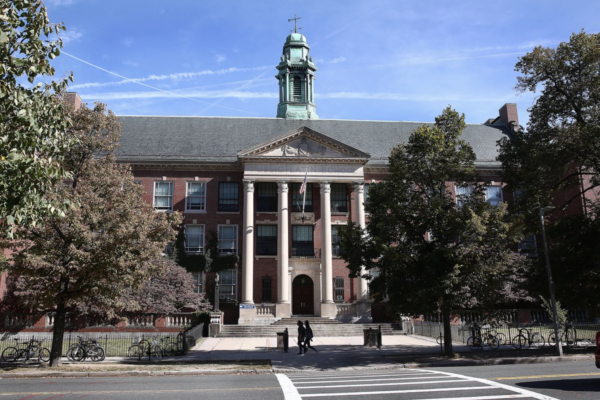Across the country, selective public schools have come under scrutiny for the lack of racial diversity in their student populations. In a new paper, Melanie Rucinski of the Harvard Kennedy School and Joshua Goodman of Boston University examine the admissions pipeline into Boston’s three public schools that require exams for admissions.
Admissions to these schools depend on the applicant’s grade point average (GPA) and the Independent School Entrance Exam (ISEE) in the fall of 6th grade. The authors find racial gaps in standardized test-taking rates, test scores, GPAs, and ultimately admission. Roughly 75 percent of all Boston Public School students are Black or Latino, but they comprise only about 40 percent of the students attending the exam schools. Race-based gaps persist even among high-performing Black and Latino students.
The authors also find that Black and Latino students are much less likely than White students to rank the most selective of the schools, Boston Latin School, as their first choice. After controlling for baseline academic achievement, Black and Latino students are about 32 percentage points less likely to be admitted to an exam school compared to white students.
The data used by the authors was provided to them by the school district and reflect information from 5th grade classes from 2006 to 2013.
By Nima Rahimi
